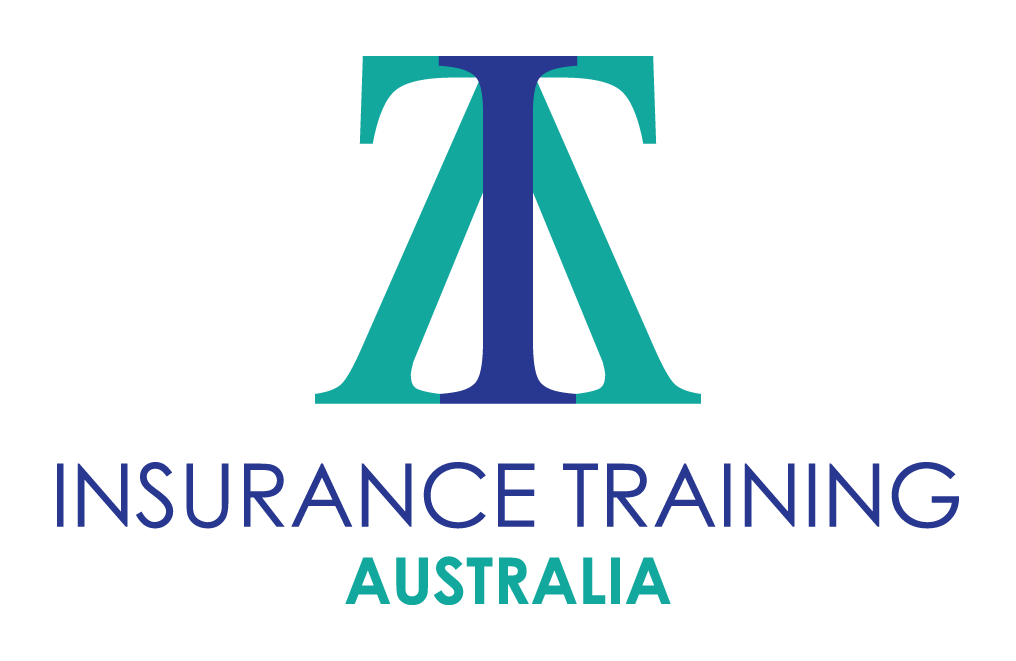Policy Limits – 5 Key Areas to Review

In my last article I discussed Tips to keep brokers out of trouble when reviewing renewal information.
In this article I explore 5 key areas to review relating to limits in claims-made policies. What may seem like simple and straight-forward limits in the insurer’s quotation could be far more nuanced once their quote and policy wording have been reviewed in more detail.
Examining limits is a crucial part of your role as a broker. Ensuring that you communicate your findings to your clients and prospects is just as critical.
#1 Separate Limits vs Shared Limit
Some policies contain various coverage sections and limit options. This is particularly true for Management Liability (ML), Investment Managers Insurance (IMI) and any other “hybrid / blended” policies.
The first element to consider in these types of policies is whether the limit is arranged as a “separate limit” for each coverage section, or a “shared limit” across the various coverage sections?
The answer to this can be found in the quotation, the policy wording, or a combination of the two. Always read these documents carefully and in conjunction with one another. Ensure you also review endorsements.
The “separate limits” option is a superior one (if available), however it is generally more expensive.
#2 Sub-Limits
Most policies have sub-limits for a variety of extensions or coverage sections. Would such “sub-limited” claims erode the overall limit? Or, would such claims sit above (and not erode) the overall limit?
The answer to this will often be found in the policy wording but could also be in the quote. Always read these documents carefully and in conjunction with one another. Ensure you also review endorsements.
Sub-limits which sit above the overall limit are superior (if available).
#3 Defence Costs – Costs Inclusive vs Costs Exclusive
With respect to defence costs, claims-made policies can be arranged in two ways. The first is via a “costs inclusive limit” – where the payment of defence costs erodes the policy limit (i.e., defence costs form part of the policy limit, or are “included” in the policy limit). The second is via a “costs exclusive limit” – where the payment of defence costs is in addition to the policy limit (i.e., defence costs do not erode the policy limit, or are “outside” the policy limit). If the limit is arranged on a “costs exclusive” basis, then you will need to review the conditions of that “costs exclusive” limit, i.e., does the “costs exclusive” limit have “a cap” on defence costs (which are “in addition” to the limit), or are the defence costs in addition to the limit “unlimited”? Note that “costs exclusive” limits do generally have a cap on defence costs.
The answer to how the policy is arranged can be found in the quotation, the policy wording, or a combination of the two. The answer to the defence costs “cap” will often be found in the policy wording. Always read these documents carefully and in conjunction with one another. Ensure you also review endorsements.
The “costs exclusive” option is a superior one (if available), however it is generally more expensive.
Note that this topic is relatively intricate, including its applicability to certain regulatory requirements. A further article dedicated entirely to this topic may follow in the future.
#4 Sectional Limits
Some insurers apply sectional limits whereby “Liability” and “Non-Liability” sections of the policy have separate aggregate limits. An example of this tends to occur under Management Liability (ML) policies where the Directors’ & Officers’ Liability (D&O), Entity D&O, and Employment Practices Liability (EPL) share one limit (these being the “Liability” sections), and the Crime (and sometimes Kidnap & Ransom cover) have their own separate limit (these being the “Non-Liability” sections).
The answer to whether there are sectional limits can be found in the quotation, the policy wording, or a combination of the two. Always read these documents carefully and in conjunction with one another. Ensure you also review endorsements.
#5 Any One Loss vs In The Aggregate
When reviewing policies and policy sections within policies, it is important to determine whether the limit is an “any one loss” limit or an “in the aggregate” limit. This difference can occur with a stand-alone Crime policy, or in the Crime section of the ML policy. The difference here is very significant as with an “any one loss” limit your insured would be covered for multiple crime losses which could each be up to whatever the “any one loss” limit is. Whilst with an “in the aggregate” limit, your insured could still be covered for multiple crime losses, but such losses could not exceed the aggregate limit when combined all together (most Crime covers are arranged in this way). Depending on the size of individual losses, an “any one loss” limit could be a very significant benefit over an “in the aggregate” limit.
The above is also relevant to Professional Indemnity (PI) policies, insofar as they may have nil, one, several or unlimited reinstatements. The terminology used for PI policies is “any one claim” rather than “any one loss” however. Cyber policies may also have an “any one loss” limit (for the 1st party components of the cover) or an “any one claim” limit (for the 3rd party components of the cover). Most Cyber policies have an “in the aggregate” limit, however.
The answer to whether the limit is an “any one loss”, “any one claim” or an “in the aggregate” limit can be found in the quotation, the policy wording, or a combination of the two. Always read these documents carefully and in conjunction with one another. Ensure you also review endorsements.

As a footnote to all the above, if you are unsure about how the limit would operate in any of these scenarios then verify this with the insurer. You can of course try and negotiate different limit options with your underwriter as well.
On a final note, and this theme is a recurring one in my articles and my training, the key here is to not only understand what the limits are and how they operate, but to also ensure that you clearly communicate this information to your clients and prospects. This maximises their comprehension which should reduce their risk exposure whilst also reducing your own exposure to broking errors and omissions. Clear and thorough communication with your clients and prospects will also enhance your relationships with them and ultimately lead to superior financial outcomes for your brokerage.
Please note that the topic discussed in this article, and many others, are more thoroughly examined in our ANZIIF / NIBA accredited training modules delivered in-person or live on-line. In addition to our modules, we also conduct training on specific topics and mentoring services to insurance professionals. Given my 18 years of broking experience I thoroughly understand what brokers do and am passionate about imparting my knowledge and experience with you. I hold a Master in Risk Management & Insurance and am also a qualified trainer. I would love to assist you with your training needs.
Disclaimer: The information provided in this article is not, and is not intended to, constitute legal or financial product advice. It is intended to provide general information in relation to the topic being discussed which is only current as at the date of this article.
The information contained in this article is protected by copyright.

